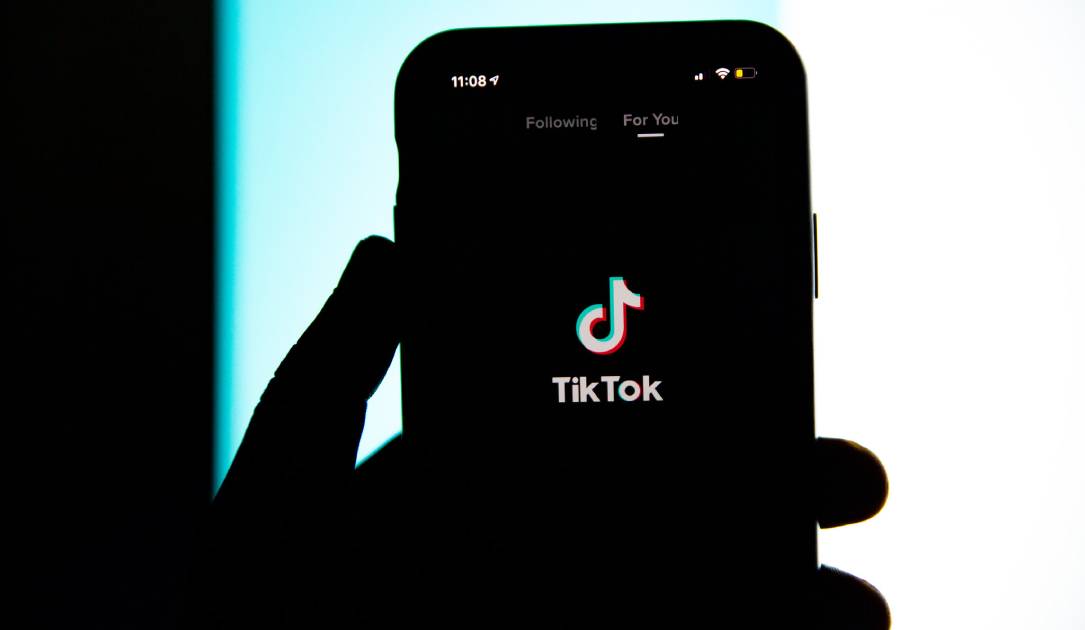New research by Cymulate highlights the correlation between threat exposures, vulnerabilities, misconfigurations, and security controls. It emphasizes the importance of proactive security measures to prevent cyberattacks.
The breach was limited to two systems, the Infrastructure Protection (IP) Gateway and the Chemical Security Assessment Tool (CSAT), which house critical information about U.S. infrastructure interdependency and private sector chemical security plans.
The House Energy and Commerce Committee approved two significant data privacy bills, including one targeting TikTok’s Chinese ownership and another blocking data brokers from selling Americans’ data to foreign adversaries.
The first, CVE-2023-45139, involved a high-severity bug in the FontTools library. The second and third vulnerabilities, CVE-2024-25081 and CVE-2024-25082, were related to naming conventions and compression.
The Tycoon and Storm-1575 threat groups use stealthy tactics, social engineering, and phishing techniques to bypass MFA protections and target Microsoft 365 credentials at large US school districts.
The GovQA platform, used by state and local governments for public records requests, had vulnerabilities that could have allowed hackers to access sensitive personal information, edit requests, and download unsecured files.
A new malware campaign was found targeting the Popup Builder WordPress plugin, exploiting a vulnerability disclosed in November 2023. The campaign injects malicious code into websites, leading to over 3,300 infections.
CISA Adds Apple iOS and iPadOS Memory Corruption Bugs to its Known Exploited Vulnerabilities Catalog
These memory corruption vulnerabilities, tracked as CVE-2024-23225 and CVE-2024-23296, were exploited in attacks against iPhone devices. Apple released emergency security updates to address these zero-day vulnerabilities.
More than 18,000 New Jersey law enforcement personnel are alleging that LexisNexis retaliated against them by freezing their credit and falsely reporting them as identity theft victims after they requested their information to remain private.
Adversaries can exploit AI-powered applications to manipulate information, create harmful content, and develop deep fake media, posing significant risks to organizations.








